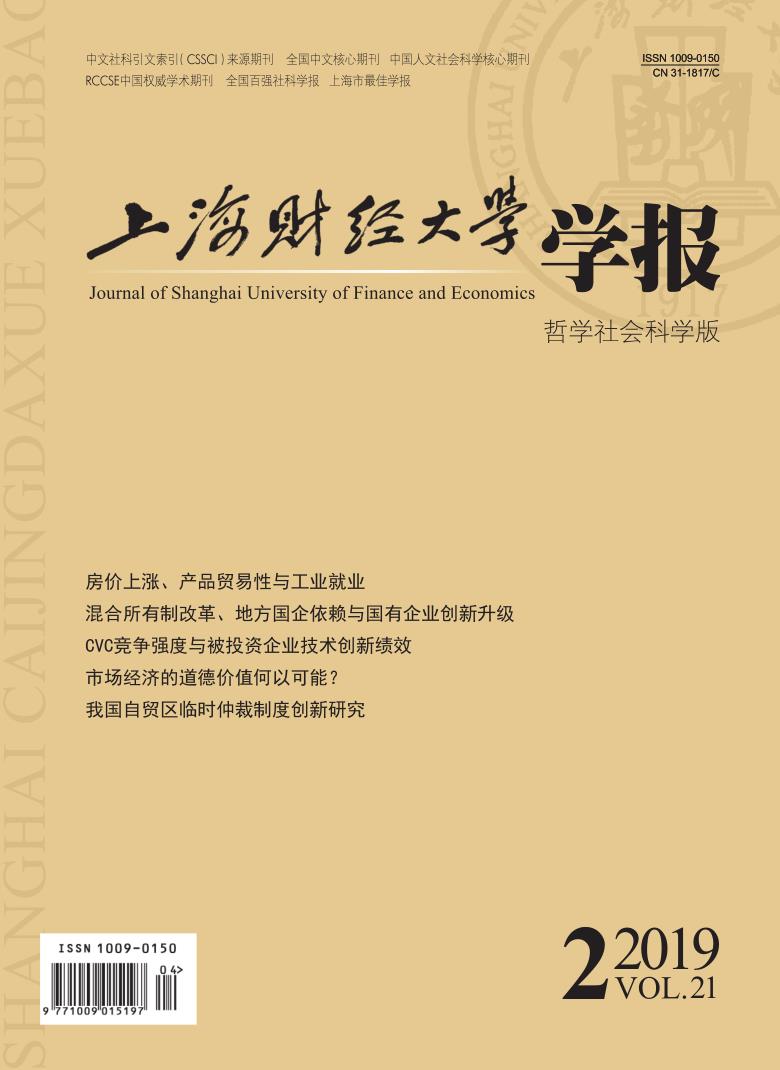Since the reform and opening up, China has achieved rapid economic development accompanied by environmental degradation. The smog pollution with PM2.5 as the primary pollutant not only seriously threatens people’s daily life and health, but also has many negative impacts on China’s social economy. At present, China is in a critical period of high-quality economic development, and the government plays an indispensable role in solving environmental problems such as smog. At the 18th National Congress of the Communist Party of China, environmental protection was pushed to a new height, where the prevention and control of atmospheric pollution is a top priority. At the convening of the 19th National Congress of the Communist Party of China, the central government put forward higher requirements for the prevention and control of atmospheric pollution. Xi Jinping, the General Secretary, clearly stated in his report that we should " focus on solving outstanding environmental problems” and pointed out that " continuous implementation of air pollution prevention and control actions should ensure the blue sky”. In recent years, governments at all levels have invested heavily from financial subsidies to legislation to ensure air pollution control. The implementation effect of environmental protection policies and measures will directly affect the realization of policy objectives. Meanwhile, there may be unexpected problems in the implementation of environmental policies. If these problems can be discovered in time, timely adjustment of relevant policies will have an important impact on the government’s lowering the economic cost of governance and achieving the goal of governance. In view of this, how to quantify the effect of environmental policies, properly adjust environmental policies, and achieve the goal of long-term smog governance is the core question that this paper attempts to answer. In this paper, we select Beijing, Lanzhou, Tianjin and Taiyuan as the samples. In view of the limitations of the macro policy effect research method, this paper proposes to predict the potential 2.5 concentration change under the counterfactual state based on the machine learning algorithm, compare the actual 2.5 concentration, and quantify the effect of the environmental policies proposed on the 19th National People’s Congress on 2.5 prevention and control. Considering the complexity of the data characteristics of the 2.5 concentration sequence, this paper chooses the traditional ARIMA and HW to establish the prediction system of 2.5, and selects the nonlinear random forest (RF)and Prophet models for comparison. We finally choose the Prophet algorithm with better precision, and based on this, we predict the potential 2.5 concentration in the counterfactual state. The study finds that: (1)The environmental policies proposed on the 19th National People’s Congress has a positive effect on the prevention and control of 2.5, but it also shows a certain regional heterogeneity; environmental protection policies reduce the smog concentration in each city, thus improving the quality of the environment. The municipality has a more perfect policy system and faster response capability than other provincial capital cities. (2)There may be a phenomenon of the " political blue sky” and weak policy implementation in the process of smog management. The " temporary blue sky” is at the expense of more serious retaliatory pollution after the political incident. It is contrary to the concept of sustainable development, which is not conducive to the long-term management of smog, and also causes huge waste of resources in the country. For the phenomenon of the " temporary blue sky”, this paper proposes policy recommendations from three aspects: environmental law enforcement, industrial transformation, and governance mechanisms. For the problem of the lack of governance, the government needs to further open up the environmental governance market and inject new vitality into the management of smog.
 / Journals / Journal of Shanghai University of Finance and Economics
/ Journals / Journal of Shanghai University of Finance and EconomicsJournal of Shanghai University of Finance and Economics
LiuYuanchun, Editor-in-Chief
ZhengChunrong, Vice Executive Editor-in-Chief
GuoChanglin YanJinqiang WangWenbin WuWenfang, Vice Editor-in-Chief
An Analysis of the Effect of Environmental Protection Policies on Smog Control in the New Era: Based on the Perspective of the PM2.5 Concentration Change
Journal of Shanghai University of Finance and Economics Vol. 21, Issue 02, pp. 17 - 29 (2019) DOI:10.16538/j.cnki.jsufe.2019.02.002
Summary
References
Summary
Keywords
Cite this article
Zhang Liwen, Cheng Dongpo, Xu Lingli. An Analysis of the Effect of Environmental Protection Policies on Smog Control in the New Era: Based on the Perspective of the PM2.5 Concentration Change[J]. Journal of Shanghai University of Finance and Economics, 2019, 21(2): 17-29.
Export Citations as:
For
ISSUE COVER
RELATED ARTICLES




 5733
5733  8142
8142

